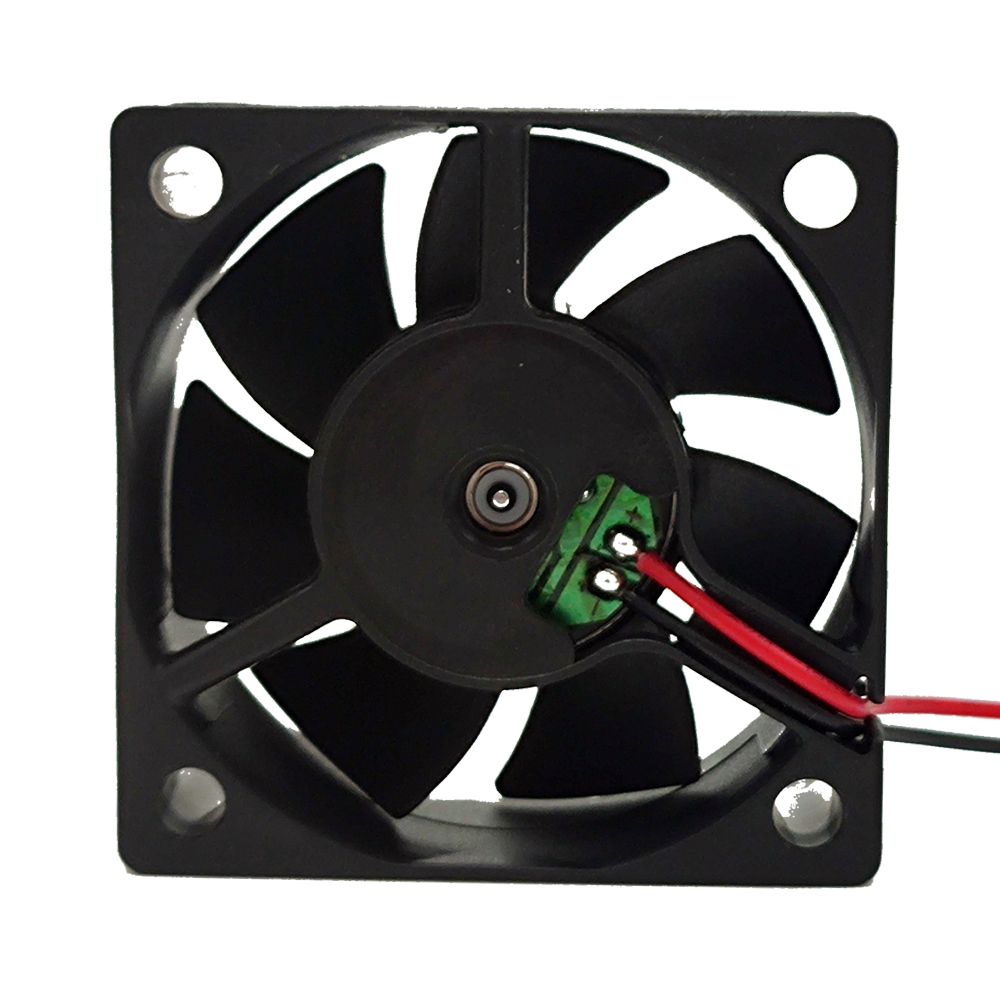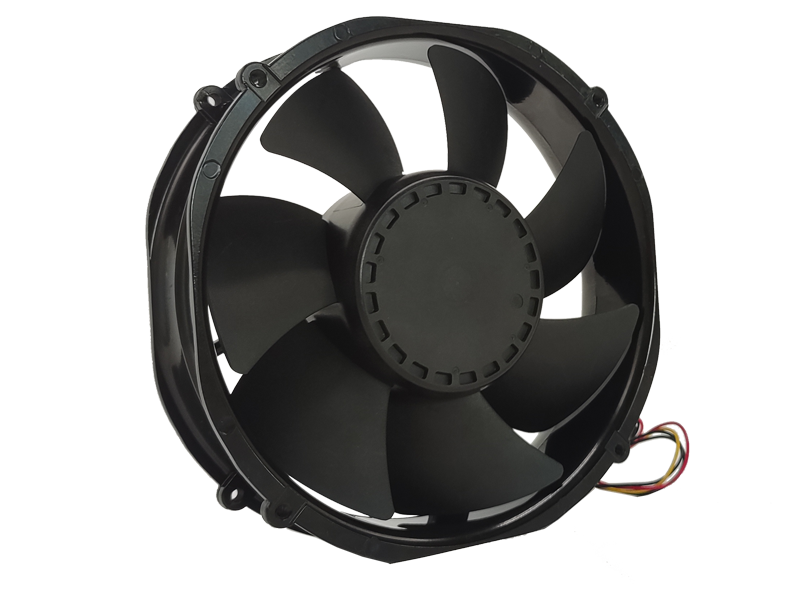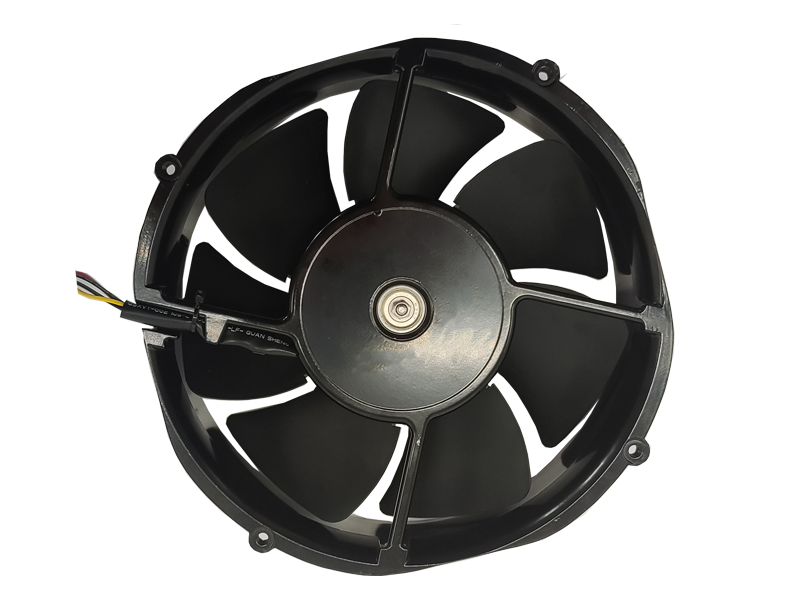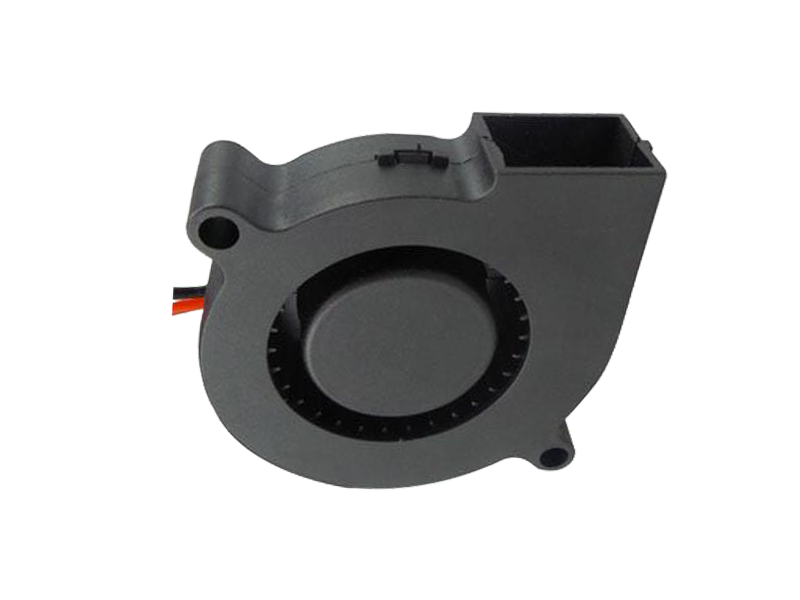Energy efficiency and sustainability are top priorities in today’s industrial sector. As industries strive to reduce their environmental footprint and lower operational costs, industrial fans have emerged as a critical product for achieving these goals. From an energy consumption standpoint, industrial fans can account for a significant portion of a facility's energy use. This article explores how industrial fans contribute to energy efficiency and sustainability efforts, focusing on product innovations and strategies that are driving this change.
1. The Environmental Impact of Industrial Fans
Industrial fans are used in various applications across manufacturing, mining, agriculture, and other industries. These fans typically operate for long hours and can consume substantial amounts of energy. As energy efficiency becomes an essential factor for businesses looking to reduce costs and meet environmental regulations, industrial fans are under increasing pressure to provide better performance with lower energy consumption.
2. Energy Efficiency Features in Modern Industrial Fans
a. Variable Frequency Drives (VFDs)
One of the most significant innovations in energy-efficient industrial fans is the use of Variable Frequency Drives (VFDs). VFDs allow the motor speed to be adjusted based on the demand for airflow, ensuring that the fan operates at optimal efficiency. In many applications, airflow demand fluctuates, so VFDs help reduce energy consumption by ensuring that fans are not running at full speed when less airflow is needed. This results in considerable energy savings, particularly in systems that require constant operation.
b. High-Efficiency Motors
The motor is one of the most energy-intensive components of an industrial fan. High-efficiency motors, such as permanent magnet synchronous motors (PMSM), are becoming increasingly popular in fan designs. These motors offer higher efficiency than traditional induction motors and can reduce energy consumption by up to 30% in some cases. Additionally, these motors have a longer lifespan and generate less heat, further contributing to energy savings and reduced maintenance costs.
c. Aerodynamic Fan Blade Design
The design of the fan blades plays a crucial role in the efficiency of an industrial fan. Advanced aerodynamic blade designs reduce drag and turbulence, allowing for more efficient airflow. Fan blades with optimized shapes and materials help increase the fan's ability to move air with less energy consumption. New technologies in blade design also help reduce noise, providing an added benefit in noise-sensitive environments.
d. Smart Monitoring and Control Systems
Smart monitoring and control systems, often integrated with IoT technology, enable facilities to track fan performance in real time. These systems collect data on factors like temperature, pressure, airflow, and motor performance. By analyzing this data, plant managers can optimize fan settings, adjust operations according to real-time conditions, and identify areas where energy efficiency improvements can be made.
3. The Role of Industrial Fans in Sustainable Operations
a. Meeting Regulatory Standards
As governments worldwide implement stricter environmental regulations, industries are under pressure to adopt sustainable practices. Energy-efficient industrial fans help businesses comply with regulations aimed at reducing carbon emissions and energy consumption. Many countries now have energy efficiency standards and certifications (such as the EU Ecodesign Directive) that require fans to meet specific performance benchmarks.

b. Green Building Standards
In addition to regulatory compliance, industrial fans contribute to the sustainability efforts of businesses aiming for green building certifications such as LEED (Leadership in Energy and Environmental Design). Efficient air circulation systems using high-performance fans can contribute to achieving credits for energy efficiency, indoor air quality, and overall sustainability.
c. Reducing Carbon Footprint
By reducing energy consumption and improving operational efficiency, industrial fans play a key role in reducing a facility's carbon footprint. Whether through direct energy savings, reduced maintenance needs, or longer operational lifespans, these products are essential tools for businesses that are committed to environmental stewardship.
4. Conclusion
Industrial fans are essential products in the pursuit of energy efficiency and sustainability. By incorporating innovations such as VFDs, high-efficiency motors, and aerodynamic blade designs, these fans help businesses reduce energy consumption, lower operational costs, and meet environmental regulations. Furthermore, by enabling better air circulation, ventilation, and cooling, they contribute to sustainable operations in a wide range of industries. As energy efficiency continues to be a central focus, industrial fan technology will evolve to offer even more effective solutions for companies striving to reduce their environmental impact.
Recommended Products

The main purpose:Car charging station

The main purpose:Car charging station

The main purpose:Electronic refrigerators, water dispensers, direct drinking machines, inverter power supplies
Address:No. 4137, Longgang Avenue (Henggang Section), Henggang Community, Henggang Street, Longgang District, Shenzhen
hotline:13530005572(Chen)15112579390(Li)


Welcome all friends to come for consultation and negotiation.
Copyright 2024 @ Shenzhen Youneng Xinyuan Electronics Co., Ltd.,(industrial fans,industrial blowers,axial fans,cooling fans manufacturer,centrifugal fans,ac cooling fans,dc cooling fans)